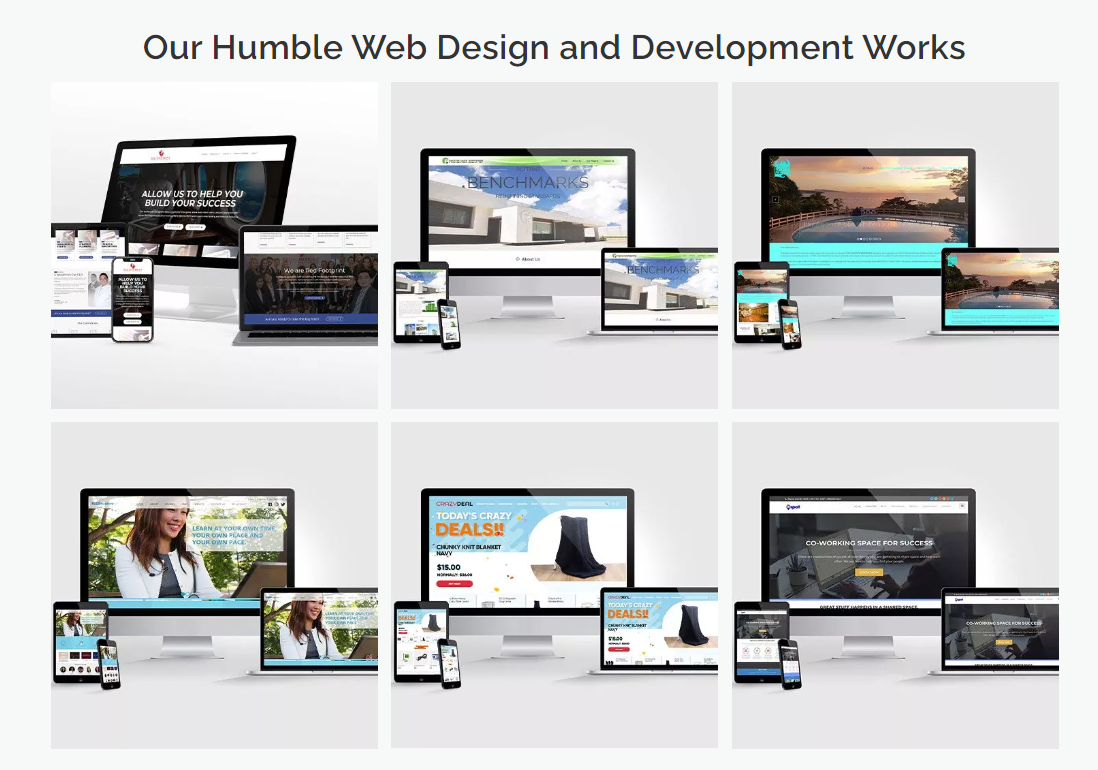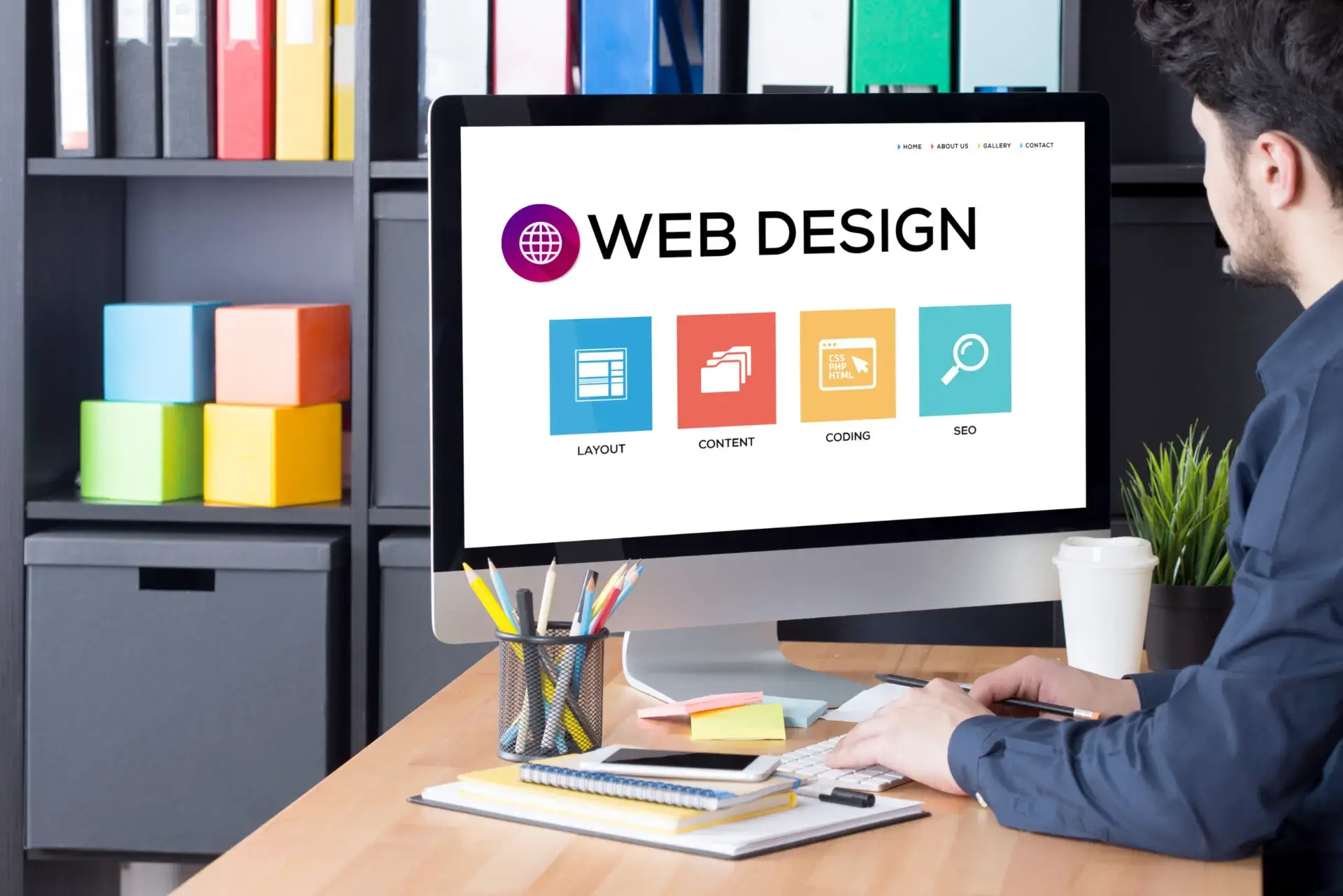Accessibility or Innovation: Striking the Right Balance in Website Design
As the field of website design is always changing, designers and engineers always keep the delicate balance between innovation and accessibility in mind. One positive aspect of pushing innovation to its limits is the possibility of creating visually stunning and state-of-the-art websites. However, website design Dallas ensures that the website is accessible to all users, regardless of their abilities or limitations.
Innovation in website design frequently involves the integration of cutting-edge highlights, intricate formats, and the most recent design patterns. These innovations can improve the user experience, catch consideration, and put a website aside in a serious computerized scene. Nonetheless, the test lies in ensuring that these innovations don’t think twice about the accessibility of the website.
Accessibility, then again, centers on creating a website that can be effectively explored and perceived by individuals with a range of capacities. This includes considerations for users with visual or hearing impedances, mental handicaps, and motor ability restrictions. Prioritizing accessibility involves using clear and brief language, providing elective text for pictures, ensuring similarity with screen perusers, and adopting a responsive design that obliges users on different gadgets.

Website design Dallas Striking the right balance between accessibility and innovation requires an insightful and user-driven way to deal with website design. Here are a few key contemplations:
User-Centered Design: Prioritize the requirements of users by incorporating user-centered design principles. Lead user testing with individuals of different capacities to gather criticism on the accessibility and convenience of the website.
Progressive Enhancement: Begin with a strong groundwork that prioritizes accessibility, and then layer on innovative design components. This strategy ensures that the website will remain functional and accessible even if some users do not support or experience certain elements in a unique way.
Inclusive Design: Go for the gold at the start of the design cycle. Think about the assorted requirements of users and guarantee that the website’s design and usefulness can be effortlessly adjusted to accommodate various capacities.
Compliance with Standards: Comply with web accessibility standards, for example, the Web Content Accessibility Guidelines (WCAG). These guidelines provide a framework for creating open web content and applications.
The way to a fruitful website design lies in finding the right balance between accessibility and innovation. By prioritizing inclusivity and convenience for all users, designers can make websites that push the limits of innovation as well as guarantee positive and open insight for each and every individual who interacts with the webpage. The combination of imagination and inclusivity makes way for websites that are both outwardly stunning and all-around open.


